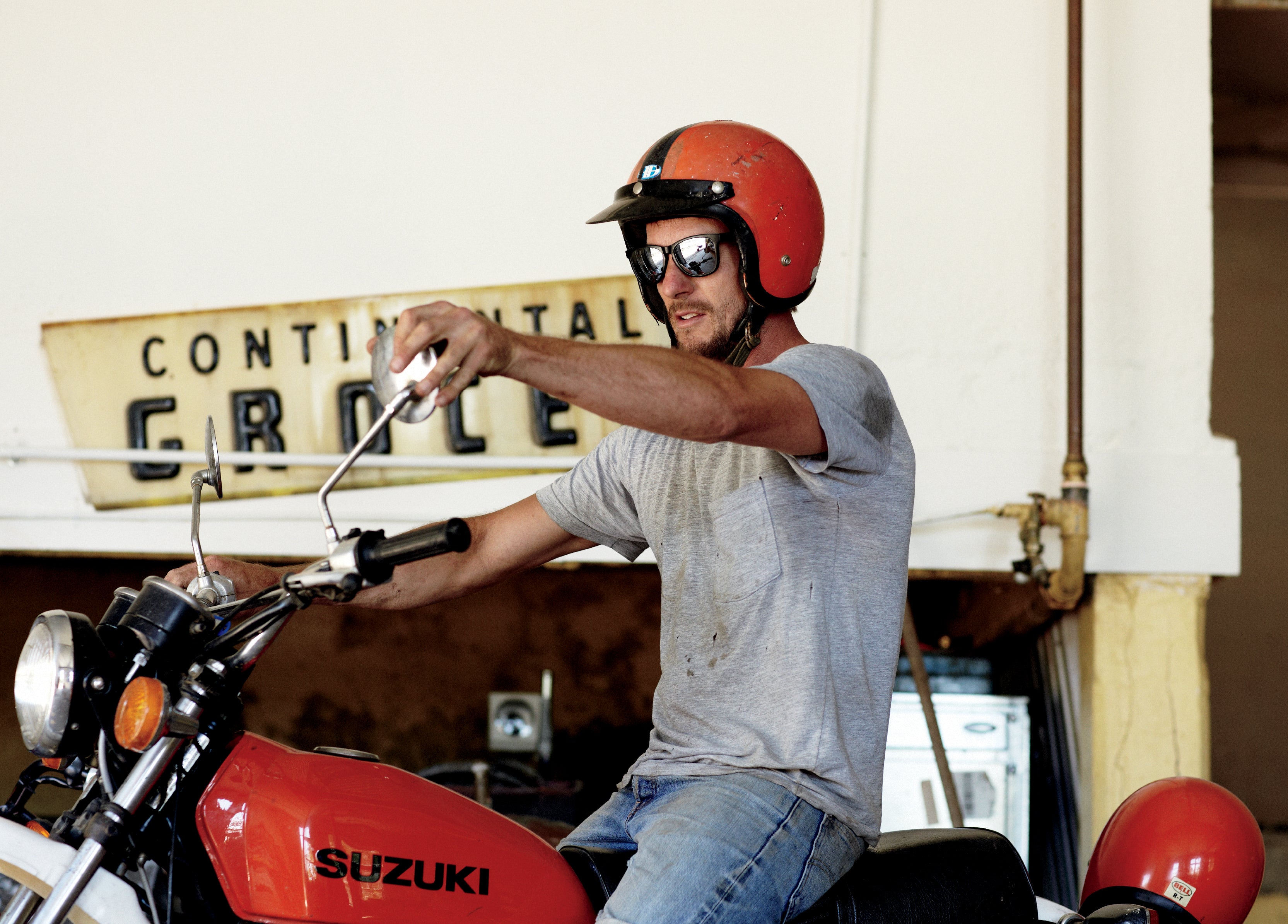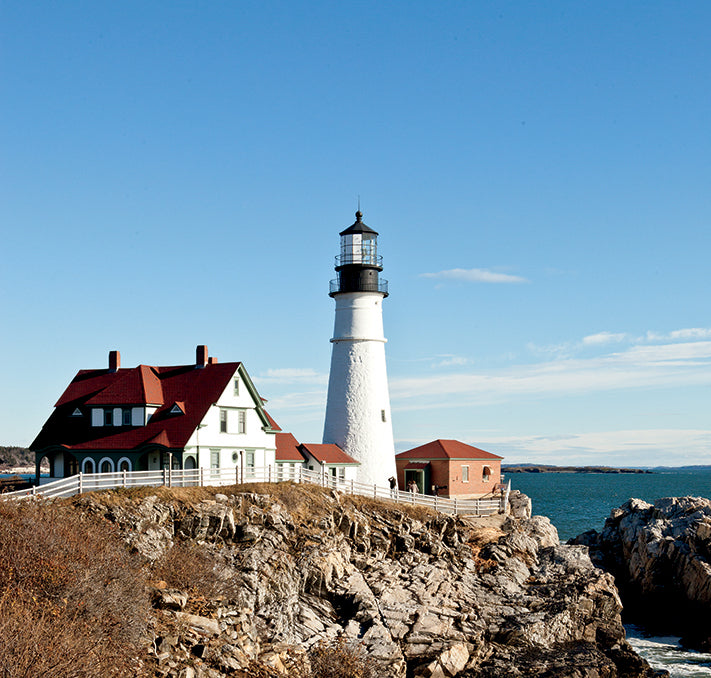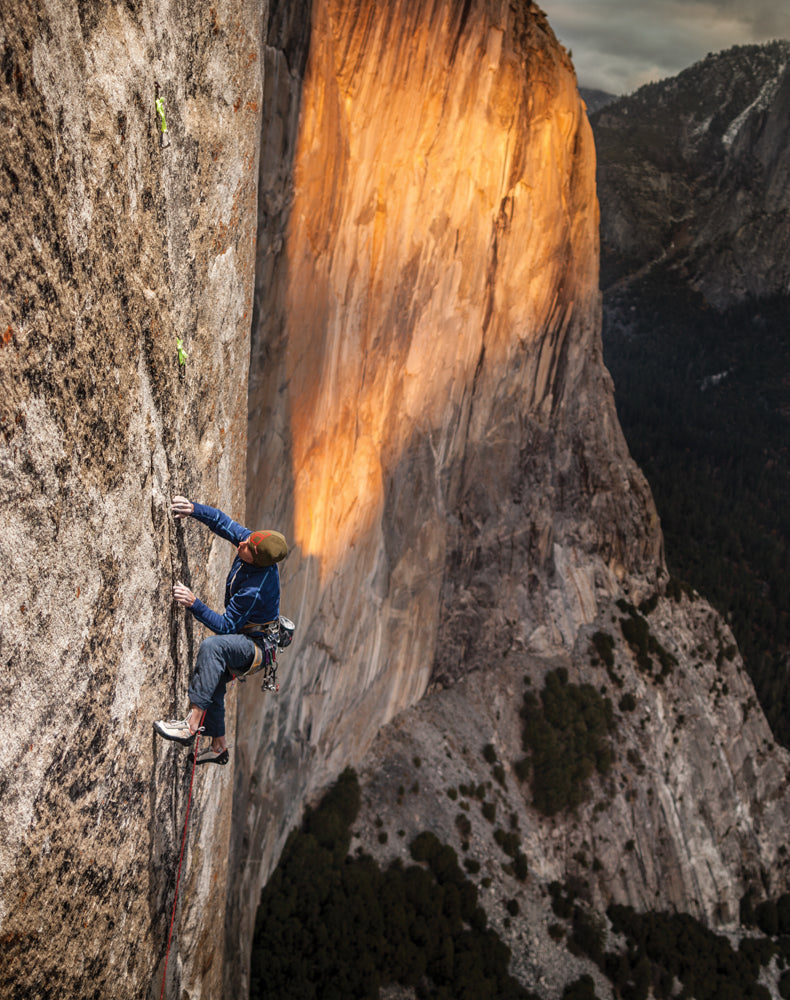
Greg Hatton
GREG HATTON

“No sanding or finishing is required. In his eyes, the imperfection is what makes each piece unique”
The drive out to Greg Hatton’s home and furniture workshop on the outskirts of Newstead Victoria leads me through a rural setting ornamented by Australia’s colonial era. As I enter each small town the gum tree speckled landscape gives way to grandiose gold rush architecture. Greg’s home, a converted butter factory, is a piece of history in itself. Built in 1904, its five storey smoke stack acts as a virtual beacon for the approaching visitor. “Head out of town, go over the bridge and take a couple of turns towards the big smoke stack”, he tells me by way of giving directions. “I’II see you when I’m looking at you.” Greg applies this laid back approach to many aspects of his life, and it could just be the fundamental factor for much of his success. Having not been traditionally trained in the art of furniture making it was his willingness to pick up a saw and to just start cutting that allowed his creative instincts to flourish.
Greg has suitably coined his home “Butterland”, a fact confirmed by a fluorescent light box mounted on the factories exterior. To enter the building is to step into a wonderland of rustic industrial charm. Part workshop, part home and part event space, with high vaulted ceilings and exposed rusted steel girders, the site is an aesthetic reflection of Greg’s own body of work. “A lot of people have said that it [Butterland] found me, rather than the other way around”, Greg notes as he leads me through his home. Like a lot of Hatton’s projects the task of restoring the once dilapidated building is an ambitious one, yet one he is attacking with zest and vigour.
“Why try to polish something to make it look like marble or stone when the beauty is already there”
It seems, in Hatton’s, hands almost any thing can be reinvented to find new life and value. An abandoned bee hive has been ingeniously redesigned into a sideboard. Discarded pallets are used to form the base of a double bed. Adding to the charm of the décor, the furnishings proudly display their original scratches, dents and paint jobs. These pieces narrate a philosophy routed in a bygone era, before society’s tenacity for all things convenient and disposable had taken grip. “I like the industry of the depression era farmers being able to use the things that they had, to make the things that they needed,” he explains.
Hatton’s work is a combination of furniture and sculpture, functionality and art which utilises locally sourced timber materials, often mill off cuts or felled noxious species. The true genius lies in his ability to reinvent and repurpose these reclaimed materials into something practical and often stunningly beautiful. I watch on as he fashions a stool from a solid yellow gum log using nothing but a chainsaw. No sanding or finishing is required. In his eyes, the imperfection is what makes each piece unique. To some, his production methods may be crude, but the end product only benefits from this organic approach.
“Why try to polish something to make it look like marble or stone when the beauty is already there” he tells me. In essence this philosophy is an extension of his personality, perhaps uniquely Australian, a real no bullshit approach.
“I like the industry of the depression era farmers being able to use the things that they had, to make the things that they needed”
Hatton’s unpolished creations have a masculinity and rawness to them that is tempered by the natural contours and colours of the materials he uses. Looking at his four–poster bed, you can imagine a bird happily nesting within one of the sentinel sugar gum posts. Likewise, the sitting room chair with its arched back, conjures images of a willow tree arching from river bank to water’s edge. This is real organic beauty.
It is hard to mistake Hatton for anything but the real thing. His strong environmental ethic is no marketing exercise. He is purely a man going about his business as honestly and faithfully as possible.
As I drive back to the city after spending the day with Greg, fallen timber and rusted pieces of farmyard junk catch my eye as I pass the nearby properties. I can’t help but wonder, “What would Greg do with them?”


